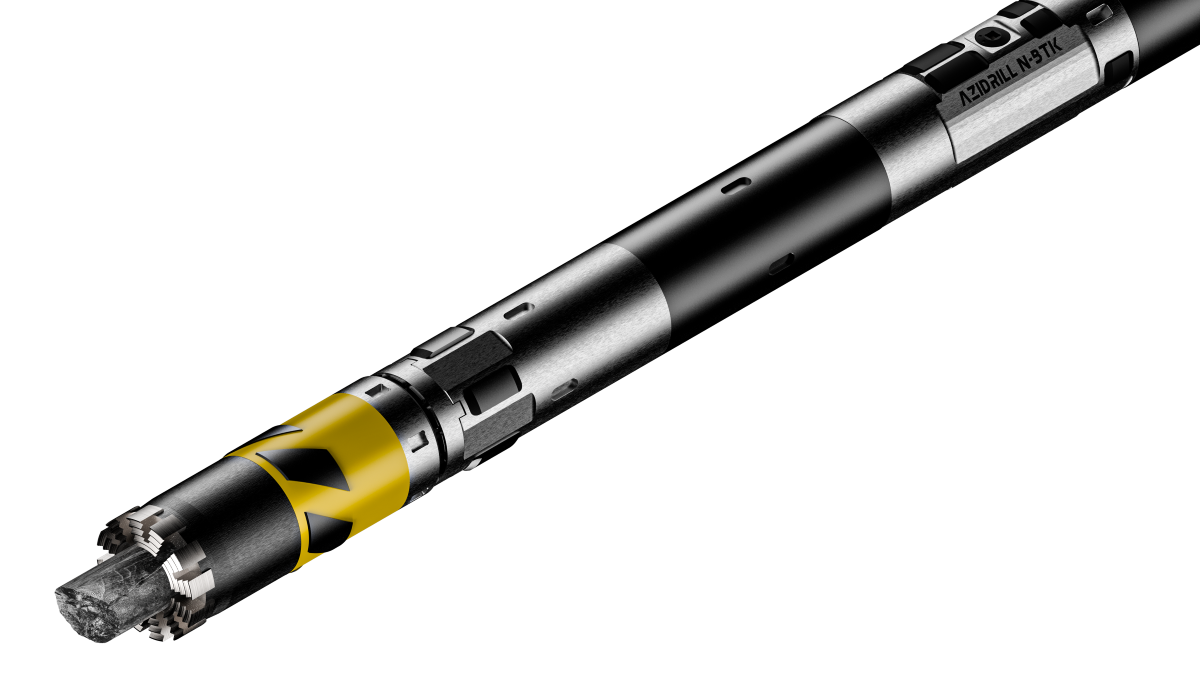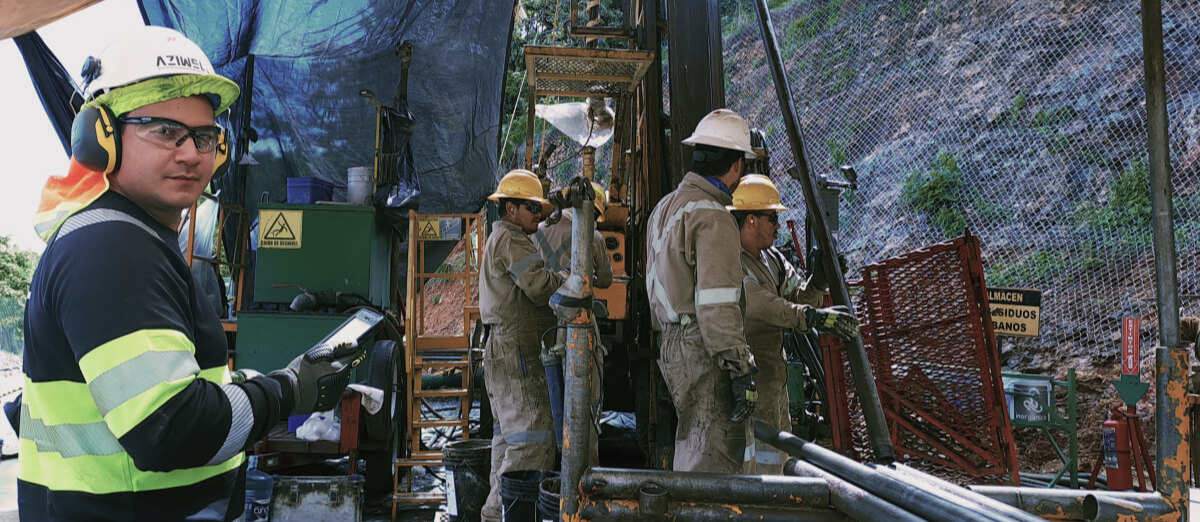What is AZIDRILL®
AZIDRILL® is designed with innovation at its core, offering a groundbreaking solution to meet the evolving needs of drilling professionals worldwide.

Advantages of directional drilling technology using AZIDRILL®:
- Fast and easy directional drilling with precise targeting and multi-branch boreholes.
- Oriented core samples while drilling.
- Reduce environmental footprint through reduced drill pads, operational time and CO2 emissions.
- Similar drilling rate as standard diamond drilling.
- Similar drilling parameters and water consumption as standard diamond drilling.
- No depth limitations.
- Operate with ease. No special pumps, rods or rigs needed.
The AZIDRILL® directional drill provides an efficient way to steer your borehole straight to target while cutting core. Hit your targets at first try, make multiple branches from one borehole, reach of otherwise impossible areas, or control horizontal holes with a pre-determined path right on the target.








